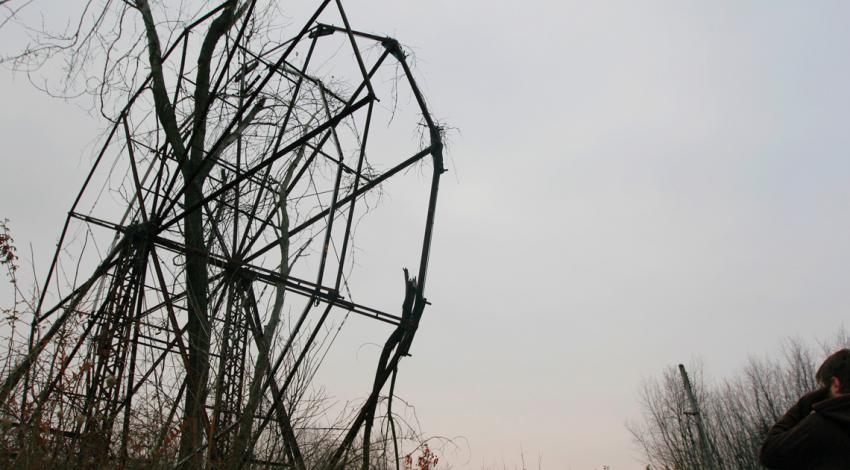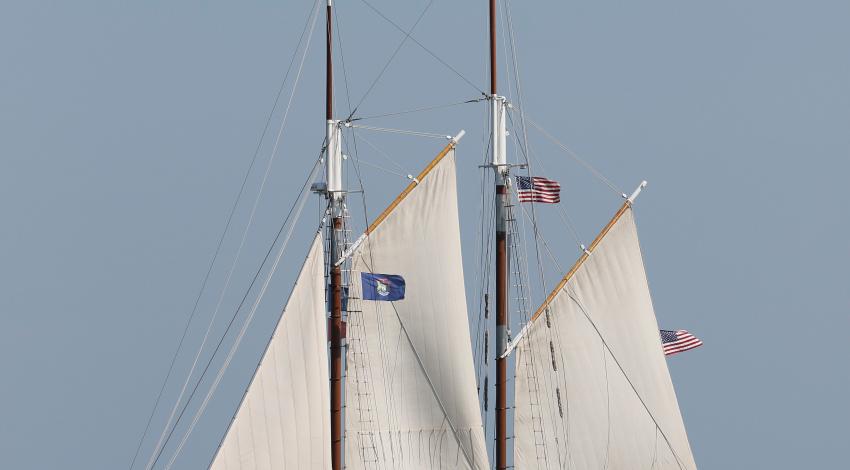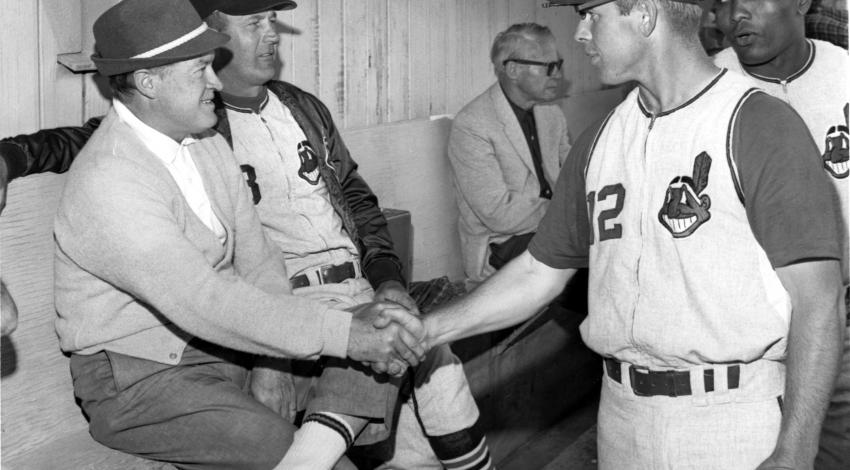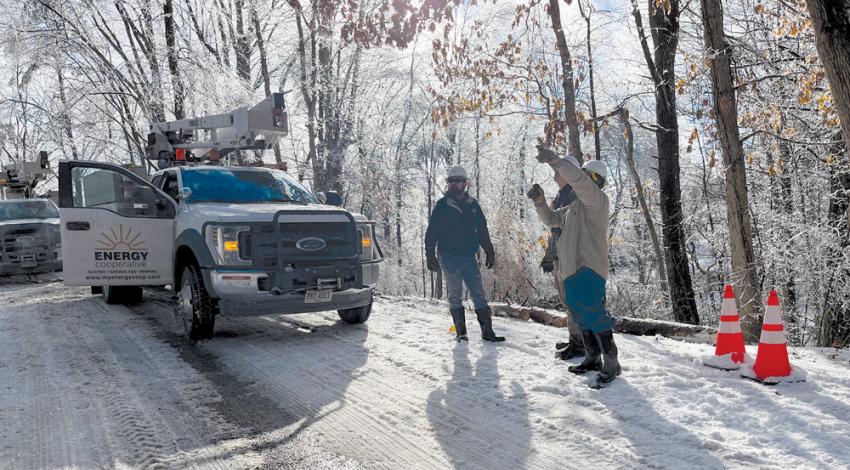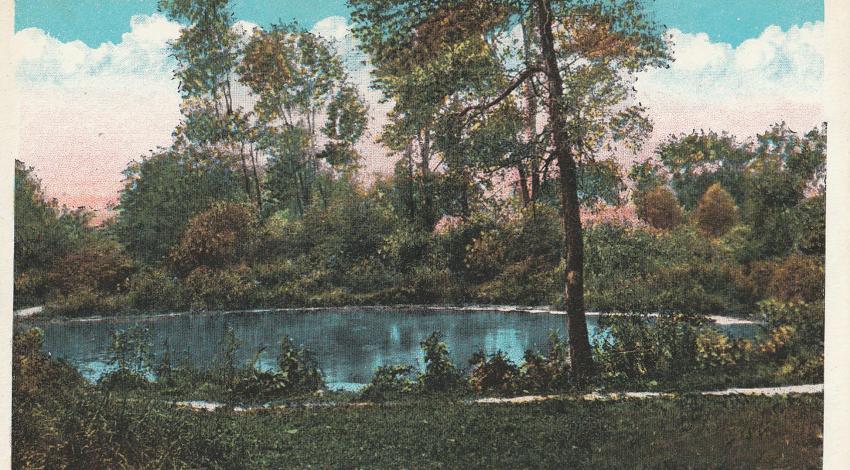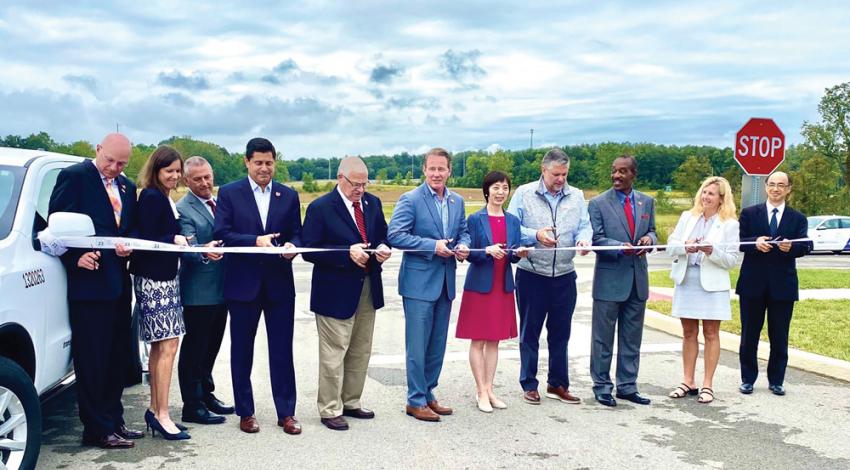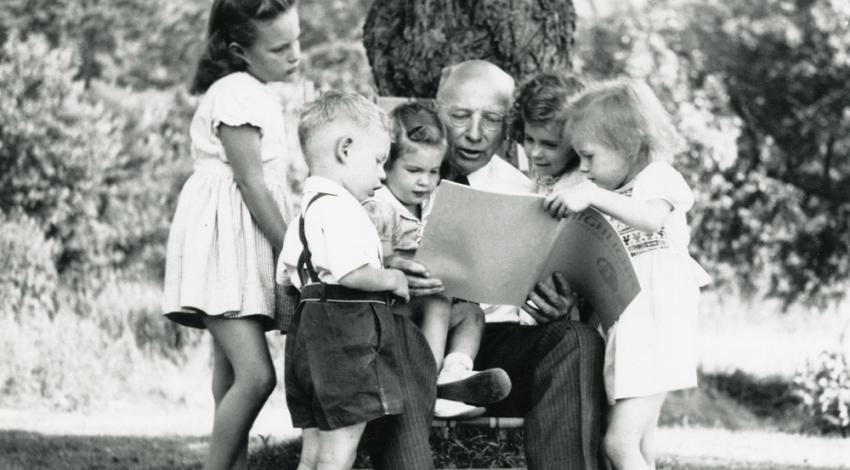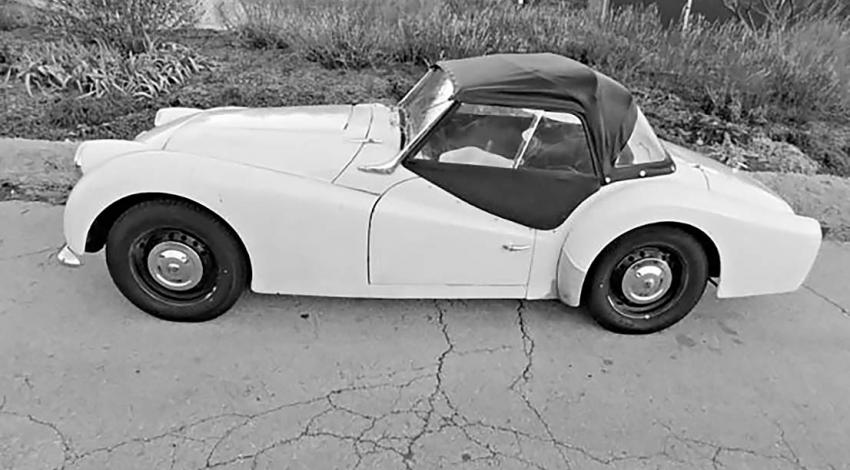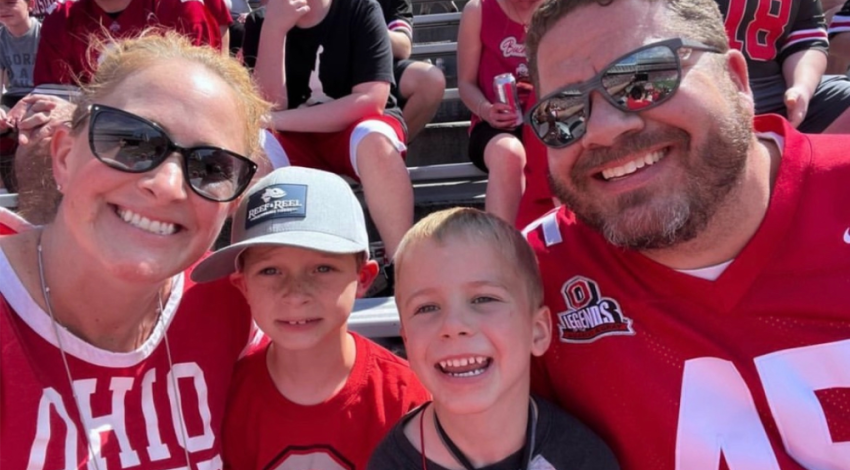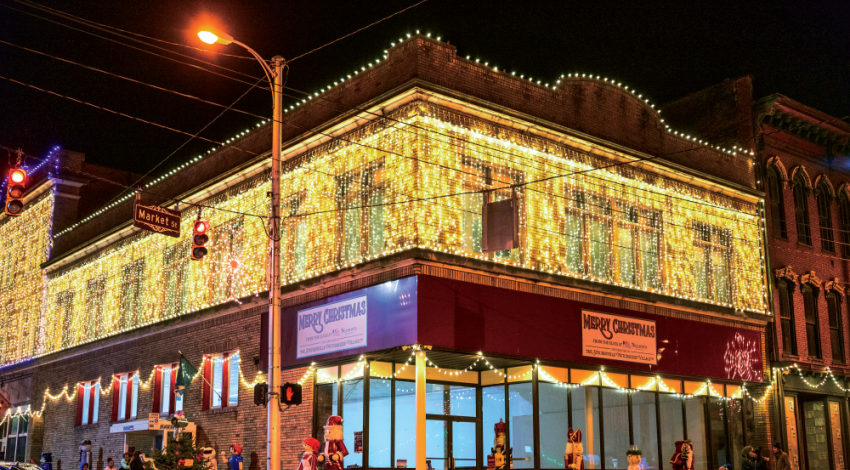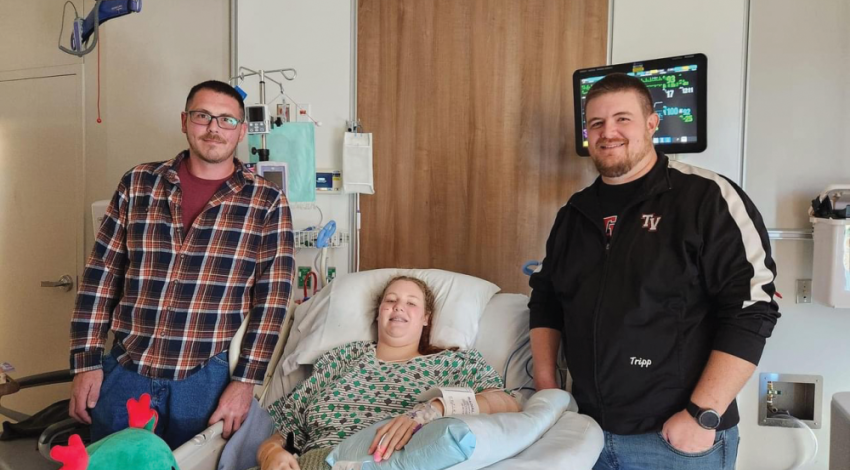At one time, the “blue hole” in Castalia was a big deal. Really big. From the 1920s until it closed in 1990, the quaint tourist destination drew as many as 165,000 visitors each year who traveled to gaze at the geologic curiosity.
Nancy Gurney remembers going to the Blue Hole on the occasional Sunday day trip to Castalia with her family in the 1950s, when she and her sister were young and her parents were farmers in Seneca County.
“It was so nice, all landscaped and beautiful, and it had flowers,” recalls Gurney, who now lives in Lakeside. “And there was this mystery of a deep hole with no bottom they can detect.”
Gurney, later a scientist, admits that, of course, there is a bottom — though to a child and tourist, the bottomless mystery thing was way neater.
